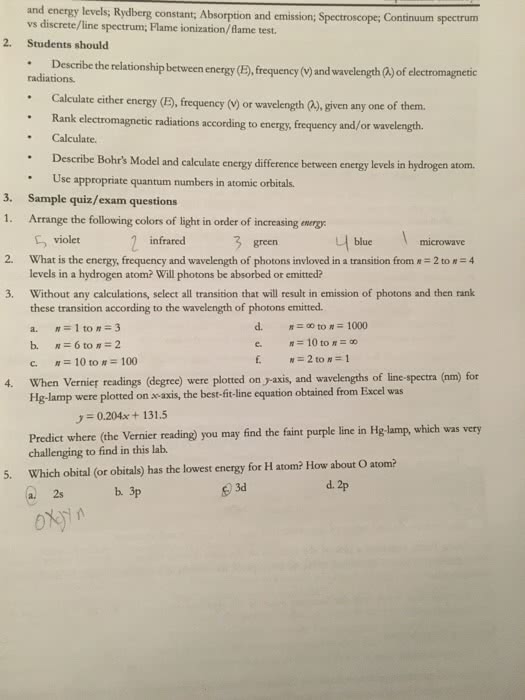CHEM 0110 Chapter Notes - Chapter 7: Electromagnetic Spectrum, Electromagnetic Radiation, Diffraction
Document Summary
Rutherford"s model - atom consists of a nucleus many times smaller than the atom itself with electrons occupying the remaining space. Each element has a characteristic line spectrum because of the emission of light from atoms in the hot gas. Spectra can be used to identify elements. Wave - a continuously repeating change or oscillation in matter or in a physical field. Wavelength ( lambda) - the distance between any two adjacent identical points of a wave. Distance between two adjacent peaks or troughs of a wave. Frequency ( nu) - the number of wavelengths of that wave that pass a fixed point in one unit of time (usually one second) Electromagnetic spectrum - the range of frequencies or wavelengths of electromagnetic radiation. Light is a wave: it consists of oscillations in electric and magnetic fields that can travel through space. Electromagnetic radiation - different types of light. Radio, microwave, infrared, visible, ultraviolet, x-ray, gamma.


